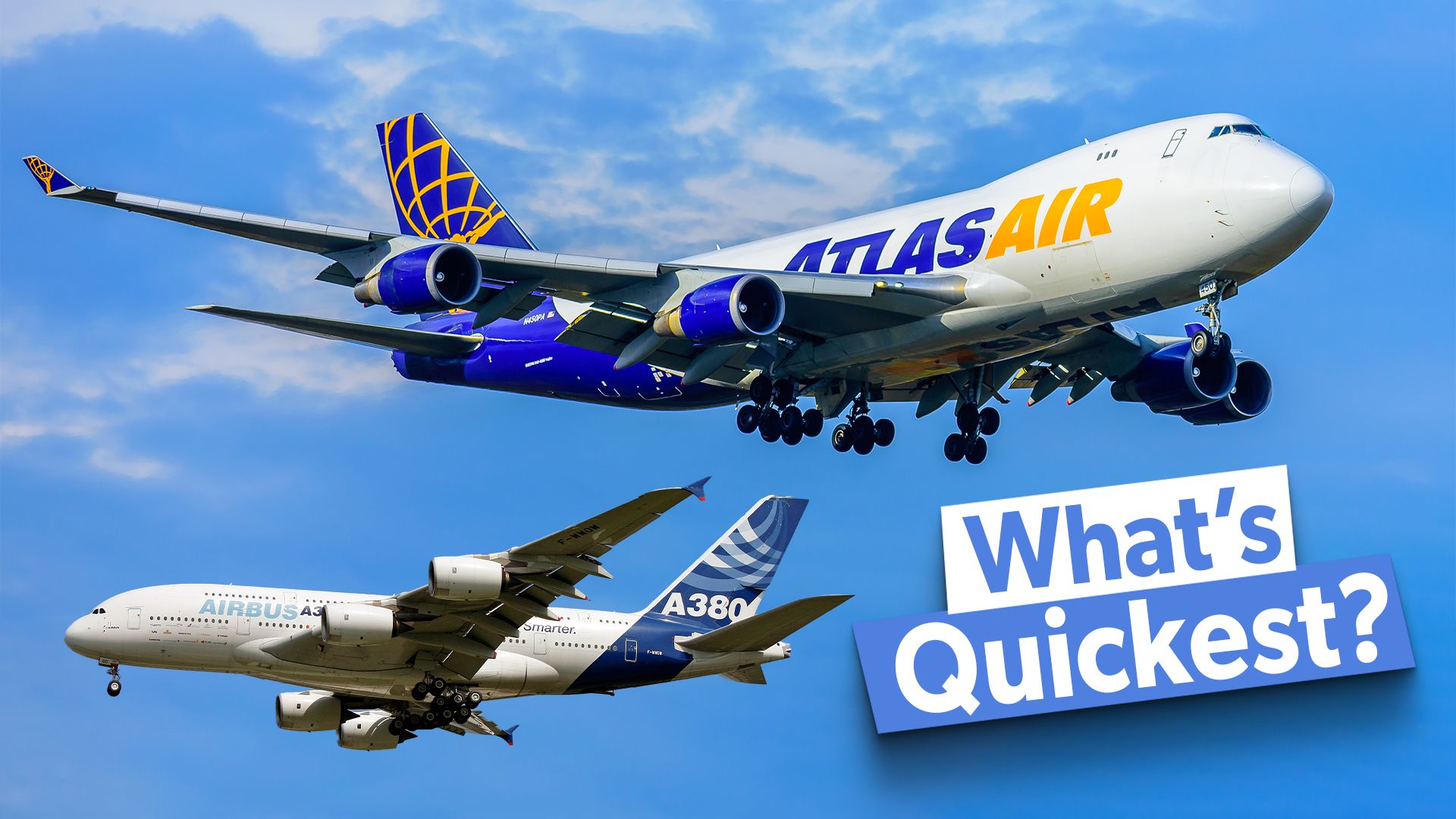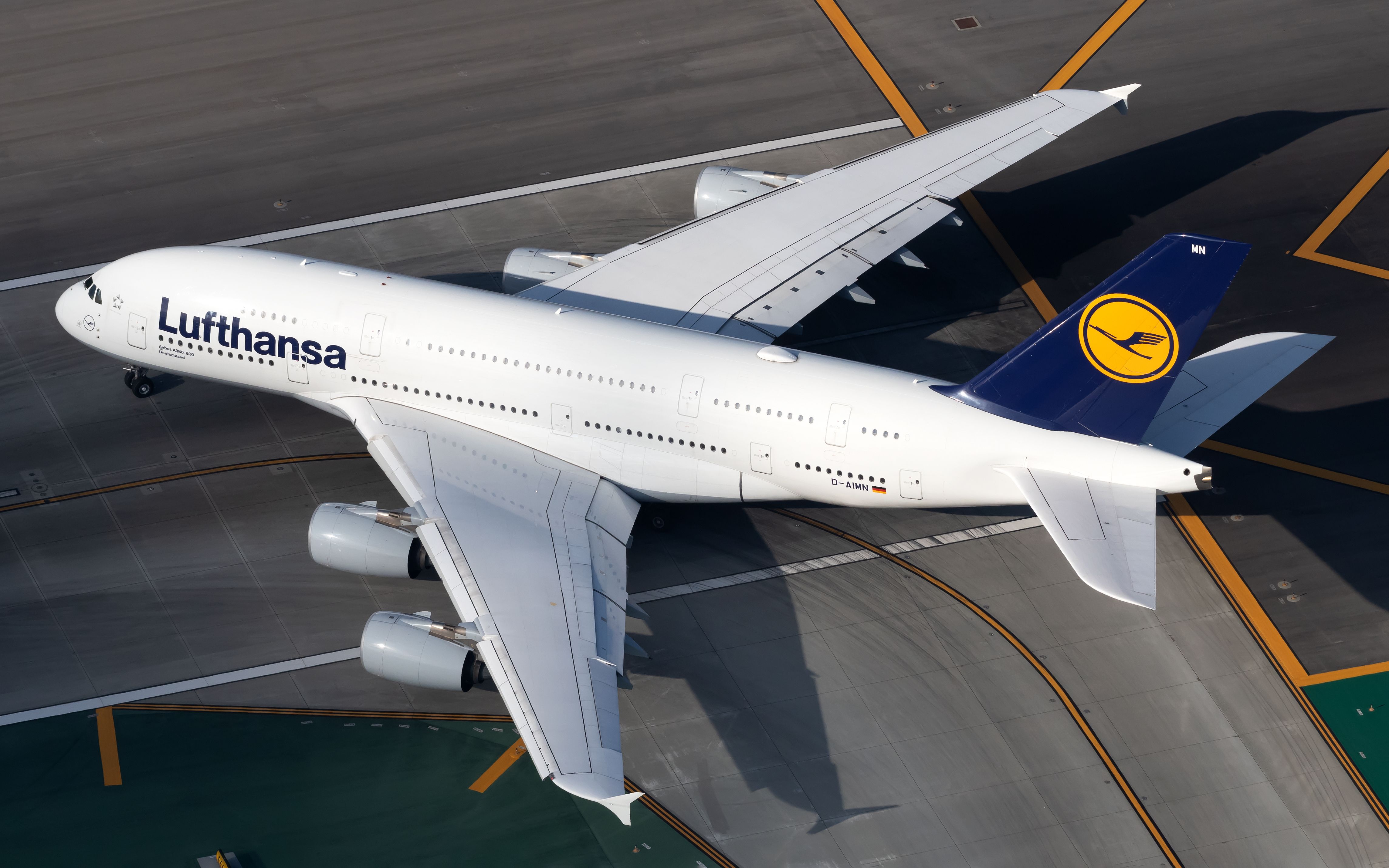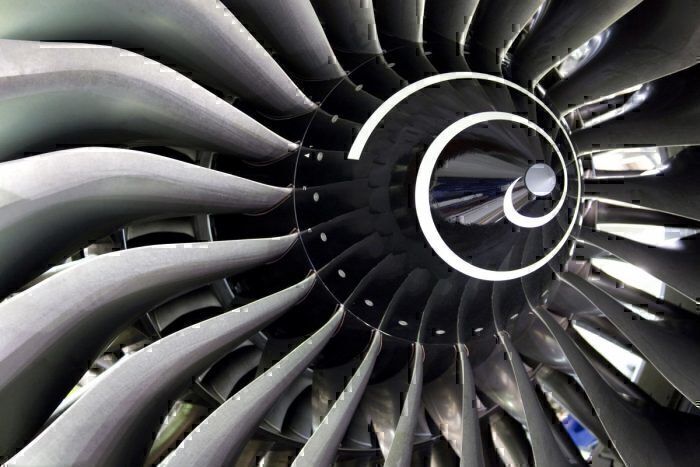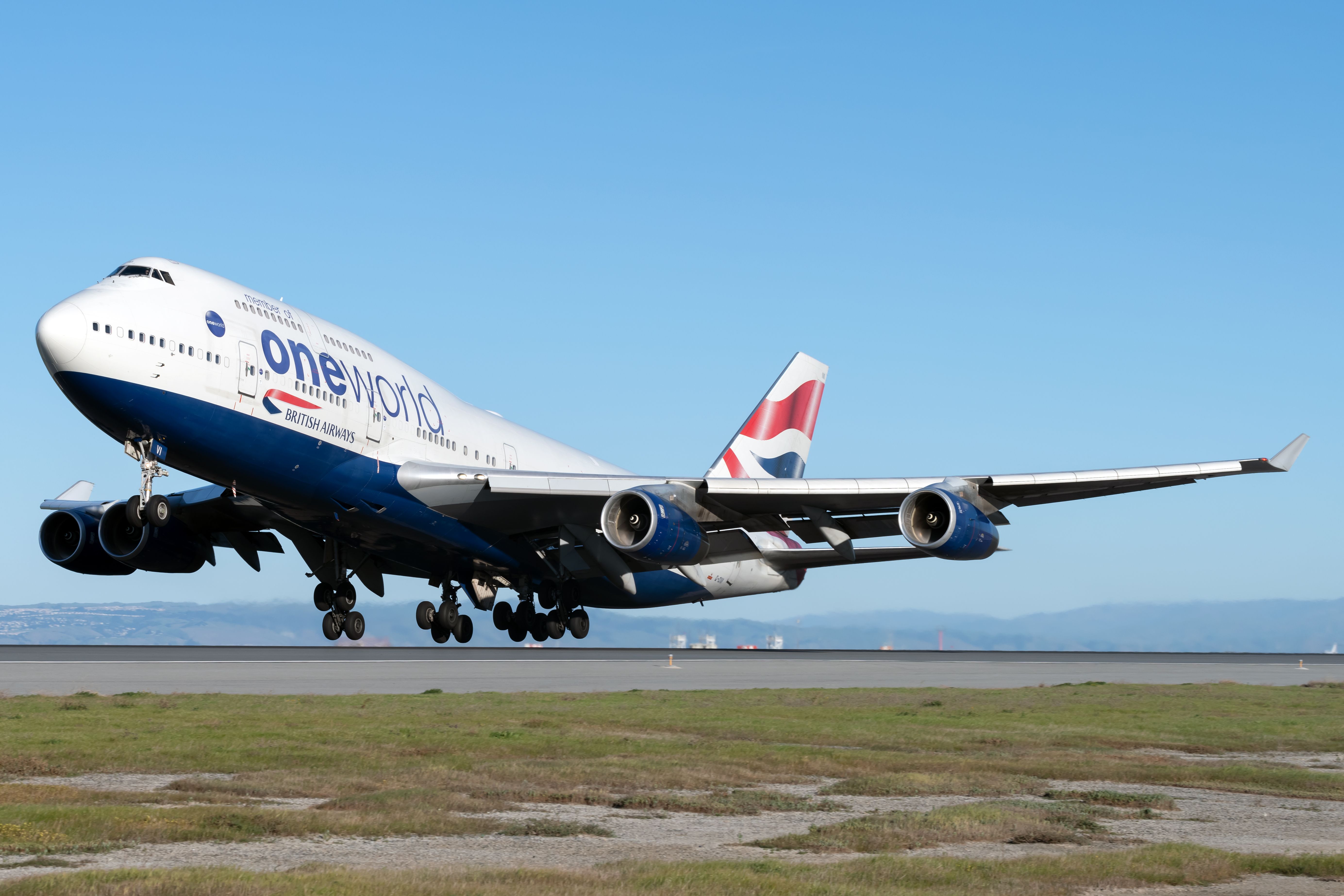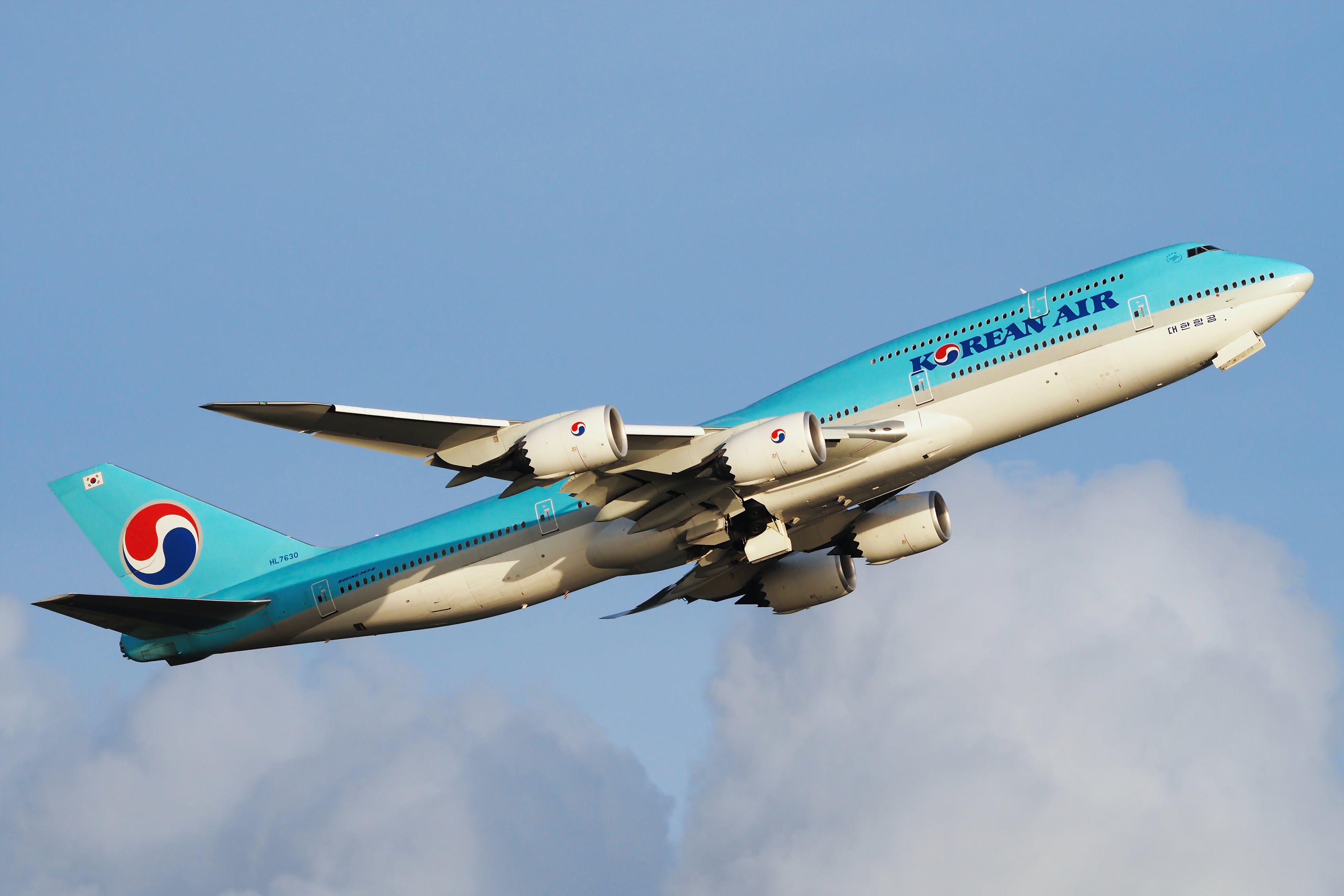Summary
- The Boeing 747 and Airbus A380 are two heavyweight aircraft that revolutionized commercial flight.
- Weight is a key factor in comparing these massive aircraft, with both types having different capacities.
- Engine types play a crucial role in determining the speed capabilities of the A380 and 747 models, contributing to their unique characteristics.
The Boeing 747 was an aircraft in its class for years until the Airbus A380 was developed in the early 2000s. Although the 747 was not the world’s first passenger quadjet, the jumbo aircraft introduced a new meaning to commercial planes – the widebody concept. This aircraft would go on to transform the market, with several airlines all over the world showing interest and placing orders for the plane. While US-based Boeing basked in the success of its game-changing aircraft, dubbed the Queen of the Skies, France-based Airbus was hard at work, developing a major challenger.
Following the development of multiple 747 variants – the 747-100, -200, SP, -300, -400, and 400ER – the A380 program was launched in 2000. The aircraft quickly gained popularity as it would strip the 747 of its long-held title of the world’s largest passenger airliner. After five years, Airbus conducted the A380’s first flight and entered service in 2007. Since then, the two aircraft types have carried millions of passengers around the globe, but which one is faster?
Let’s talk about weight
Both aircraft have four engines that propel their undoubtedly heavyweight airframes, whether empty or full of passengers, cargo, or both. According to Airbus data, the A380 weighs about 628,317 pounds (lbs) (285,000 kilograms) empty. However, its maximum takeoff weight (MTOW) exceeds one million pounds at a whopping 1,267,658 lbs (575,000 kgs).
Of course, the engines would not operate with fuel. The A380 has a fuel capacity of 85,472 US gallons, which results in 559,937 lbs (253,983 kgs), making the aircraft exceptionally heavy.
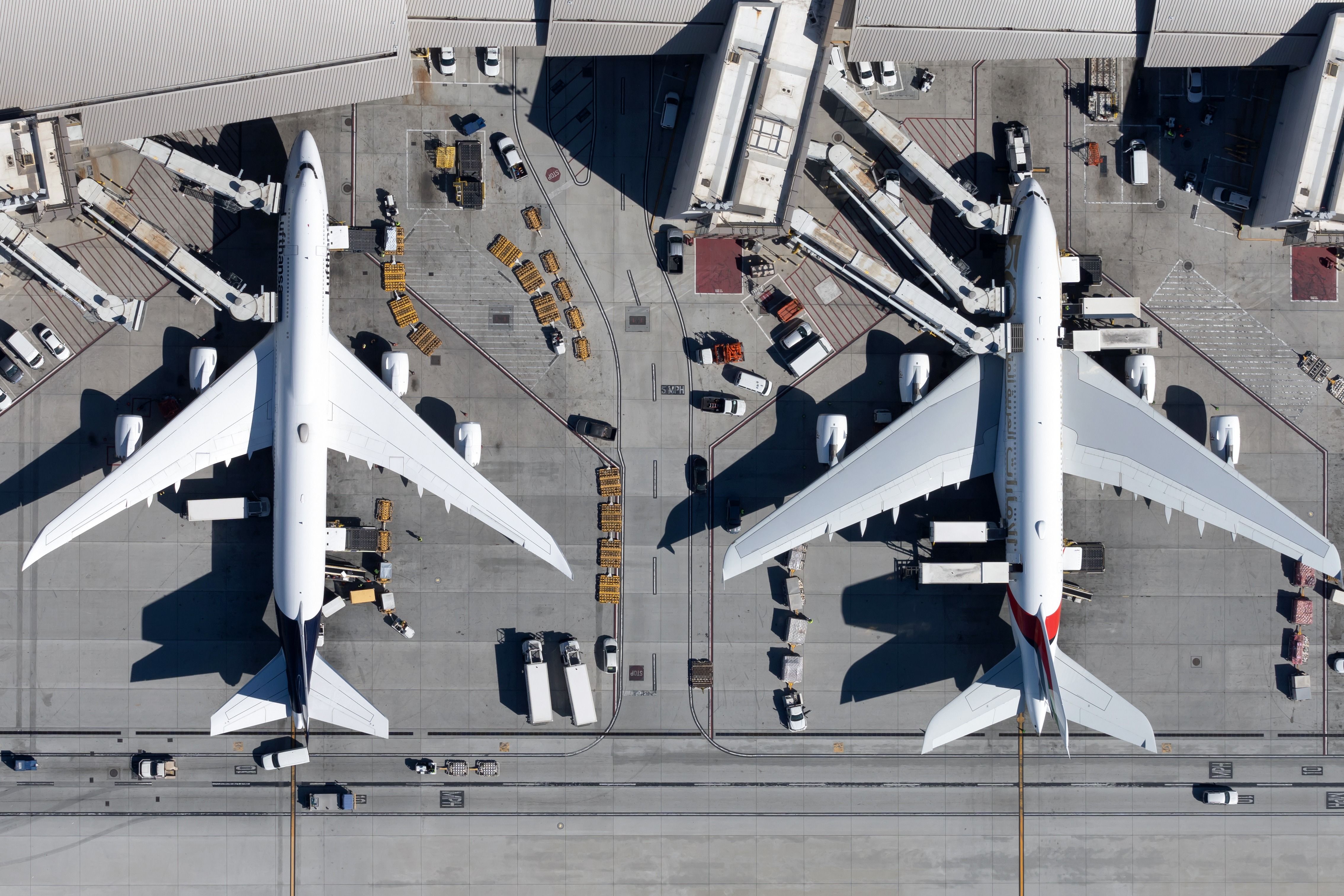
Check It Out
What Are The Most Important Weight Measurements From A Pilot’s Perspective?
Fuel, cargo, bags, passengers and the plane itself all have defined values that pilots know by heart.
The 747-400 and -8, the closest competitors to the A380 compared to the earlier variants, have weights that vary by engine type. However, a 747-400 powered by Pratt & Whitney engines weighs empty at 404,600 lbs, while the -400ER has an empty weight of 412,300 lbs. The -8, the largest variant of the 747 family, has engines made by General Electric and weighs empty at 485,300 lbs. The MTOW for the 747-400 ranges from 875,000-910,000 lbs, while the -8 is considerably more at 975,000-987,000 lbs.
Photo: Vincenzo Pace | Simple Flying
The two variants’ fuel capacities also vary. The -400 can carry anywhere between 53,985 and 63,705 US gallons of fuel, and the -8 has a fuel capacity of 63,034 gallons. With passengers onboard, the aircraft’s weight understandably increases even more. It is also worth noting that 747 freighter versions have different specifications. During the aircraft’s development, Airbus created an A380 freighter concept, but the manufacturer suspended the project as the variant was never built.
What about the engines?
Engine types play a factor in fairly comparing the speed capabilities of each aircraft. The A380 was manufactured to be powered by two different engines. The more common engine is the Rolls-Royce Trent 900 turbofan, which is known as the “most reliable and durable A380 engine”:
- Offers the lowest lifetime fuel burn on the A380
- Continuous technical improvements have been incorporated into the engine
- 116-inch diameter
- Advanced 3D compressor and turbine aerodynamic designs
- The only A380 engine that can be loaded into a 747 freighter without disassembly
Photo: Rolls-Royce
With Trent engines, the A380 has a thrust ranging between 74,740 and 80,210 lbf (pound forces). The other engine that powers the A380 is the Engine Alliance GP7200 engine. These turbofans are manufactured through a joint venture between General Electric and Pratt & Whitney and are referred to as the “best-performing engine for the A380”:
- Quiet power, allowing the A380 to follow stringent noise standards while performing with high maneuverability on the ground
- Consistent durability, withstanding heat and destructive forces of wind and sand
- Affordable efficiency, decreasing operating costs
Photo: Vincenzo Pace | Simple Flying
The 747-400 examples flying today have three different engine types. These include the Pratt & Whitney PW4000, General Electric CF6, and Rolls-Royce RB211 engines. The PW4000 and the CF6s are more common, but the RB211s were used on British Airways’ 747-400s, which the airline operated for years. When Boeing introduced the 747-8, the company was focused on increased fuel efficiency. Following the development of the 787 Dreamliner with its General Electric GEnx engines, a modified engine known as the GEnx-2B67 was developed for the 747-8. The 747-400 has a pound force between 56,750 and 63,300 lbf, while the 747-8 has 66,500 lbf.
A close comparison
Comparing data from Airbus, Boeing, and the Air and Space Magazine, the 747-400 and -8 appear to have a faster cruising speed than the A380, but they lack range.
|
A380 |
747-400 |
747-8 |
|
|---|---|---|---|
|
Cruise Speed |
561 miles per hour (Mach 0.85) |
580 miles per hour (Mach 0.85) |
|
|
Range |
9,200 miles (8,000 nautical miles) |
8,383-8,826 miles (7,285-7,670 nautical miles) |
8,900 miles (7,730 nautical miles) |
|
Service Ceiling |
43,000 feet |
45,100 feet |
43,100 feet |
|
Takeoff Length |
9,800 feet |
10,700 feet |
10,200 feet |
Engine Alliance, however, challenges the specifications, saying the A380 has a top speed of 634 mph and is ranked “among the top five fastest airliners.” But other factors influence the aircraft’s speed, such as weather conditions. Naturally, if the planes were flying against a jetstream, they would travel much slower than if they were flying in the opposite direction, being pushed by well-liked tailwinds.
Photo: Suparat Chairatprasert | Shutterstock
It is also worth noting that the 747-400’s service ceiling of more than 45,000 feet makes it the only heavy widebody aircraft to reach that altitude. Although the 747-8 can reach a service ceiling just 100 feet higher than the A380, the altitude is truly its maximum.
This is because the plane has a lower drag, requiring more time to climb. A steeper descent at that altitude would cause the aircraft to exceed its maximum speed, resulting in severe stress on the airframe that could cause catastrophic damage.
Which aircraft is your favorite? Let us know by leaving a comment below.
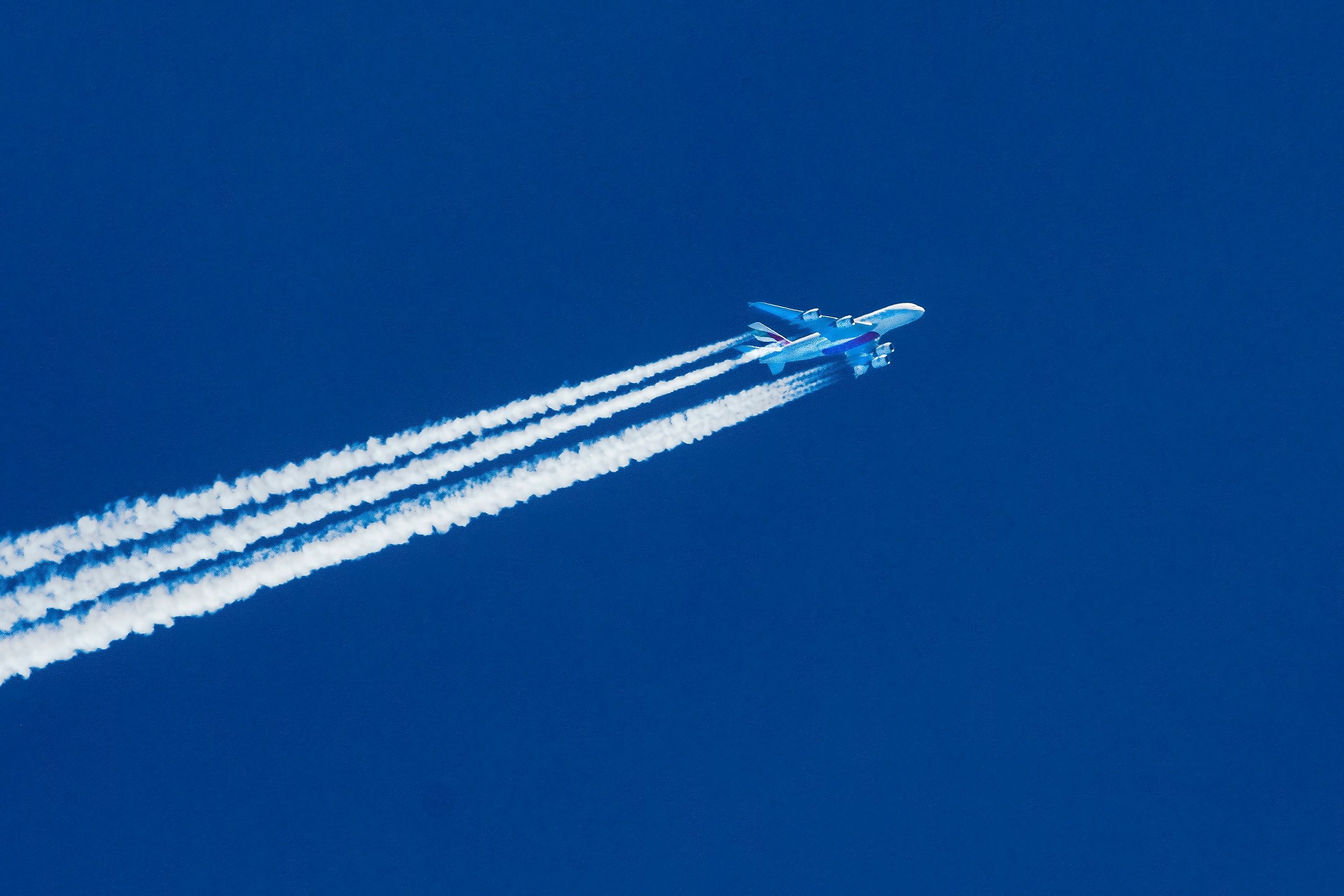
Read Next
How High Can Commercial Passenger Planes Fly?
Comparing the high-fliers of the industry.

